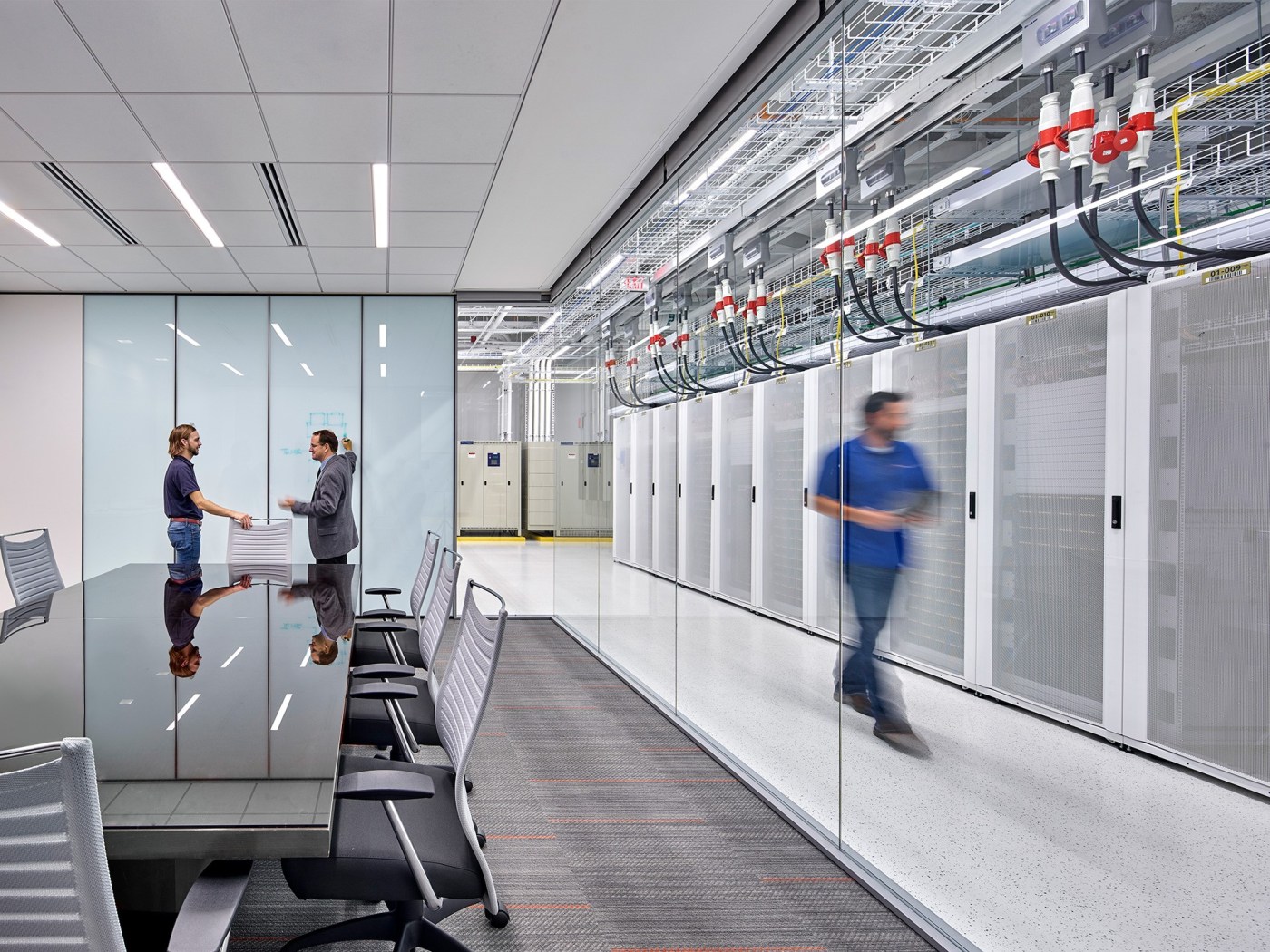

By: Dan Fuentes, senior vice president of enterprise sales, DataBank
We’ve all grown accustomed to having instant, at-your-fingertips access to a wide range of technology and information. This includes instant access to messaging apps, social media, music, navigation, news and weather, travel, shopping, and so many other digital experiences. It’s safe to say that we probably can’t imagine life without them.
All of these digital applications and services are powered by data centers, which serve as the foundation for our connected lives and help power ongoing access to the resources and experiences that define our modern world. As the demand for these types of real-time digital experiences continues to rise, the future of the data center is more important than ever.
Put another way: We’ll continue to have an insatiable appetite for information and technology – delivered in milliseconds to any one of our preferred devices – and we’ll always need more data center capacity to provide it. The future of data centers depends on it.
According to McKinsey & Co., the global data center industry is forecast to grow by approximately 10% annually until 2030. It’s an impressive trend, one that would be the envy of many other industries. Still, it might not be enough.
Hyperscale cloud providers are growing at an unprecedented pace, further driving demand for data center capacity and IT infrastructure. As these companies continue to scale their operations to support massive workloads, they must scramble to secure reliable, high-performance data center space to keep up. With the increasing need for ultra-fast service, expanding network capacity, and edge computing, hyperscalers are not only pushing bandwidth to data centers but also building extensive backbone infrastructure to efficiently deliver data to end users – all of which increases overall demand.
Additionally, as more enterprise businesses recognize the critical role of their digital infrastructure, the need for more robust, scalable solutions has intensified. This is especially true with the explosion of AI applications that are already increasing data processing requirements that are expected to rise exponentially.
These enterprises represent a wide range of industries but have one thing in common: the pressure to secure additional capacity before someone else does. Many need new capacity just to maintain their current approach to delivering products, services, and other digital offerings. Any delay in securing the necessary space and power could put them a step behind.
These missteps can be devastating. If enterprise organizations can’t find the capacity they need, they could miss growth targets or lose their overall competitive edge. All of this shows that data centers are no longer just an operational necessity; they are now a strategic advantage with make-or-break implications for any company’s ability to innovate and compete.
While it’s a seller’s market and demand for capacity is surging, it is still very expensive to build and maintain high-performance data centers. We’re doing all we can to deliver reliable, future-ready data centers that give businesses the space and power they need to stay competitive.
This includes keeping up with technological innovations that continue to drive even more capacity needs. New chipsets from NVIDIA and others are revolutionizing data processing yet pose new challenges. DataBank offers liquid cooling directly to the server, which might have seemed like science fiction just a few years ago but is now required for NVIDIA’s Blackwell architecture and other emerging chips.
Additionally, growing power requirements are pushing the limits of traditional infrastructure. For example, where a 3kW cabinet was once standard, we’re now supporting up to 150kW per cabinet, with power requirements growing with more data usage.
We developed our Universal Data Hall Design to give our customers a flexible, scalable solution that can support a wide range of their needs in a single, unified environment. Modular space options can accommodate different IT requirements, such as high-density compute, AI workloads, or traditional infrastructure, helping businesses adjust resources as demand grows without extensive downtime or costly upgrades.
Colocation data center capacity may seem costly today, and it is certainly more expensive than in the past. As Scott Palsgrove on the DataBank team has said, “It’s never going to be cheaper than it is right now.” With demand continuing to surge, securing capacity now isn’t just a smart move; it’s a strategic necessity. Companies that act sooner can lock in space, stabilize costs, and ensure they have the infrastructure needed to support future growth.

Discover the DataBank Difference today:
Hybrid infrastructure solutions with boundless edge reach and a human touch.
Our website uses cookies to provide you with a better experience. Read our privacy policy for more information.Accept and Close